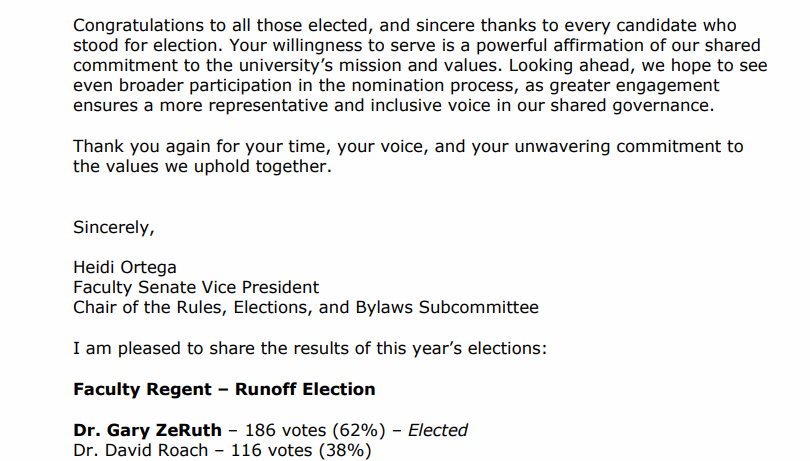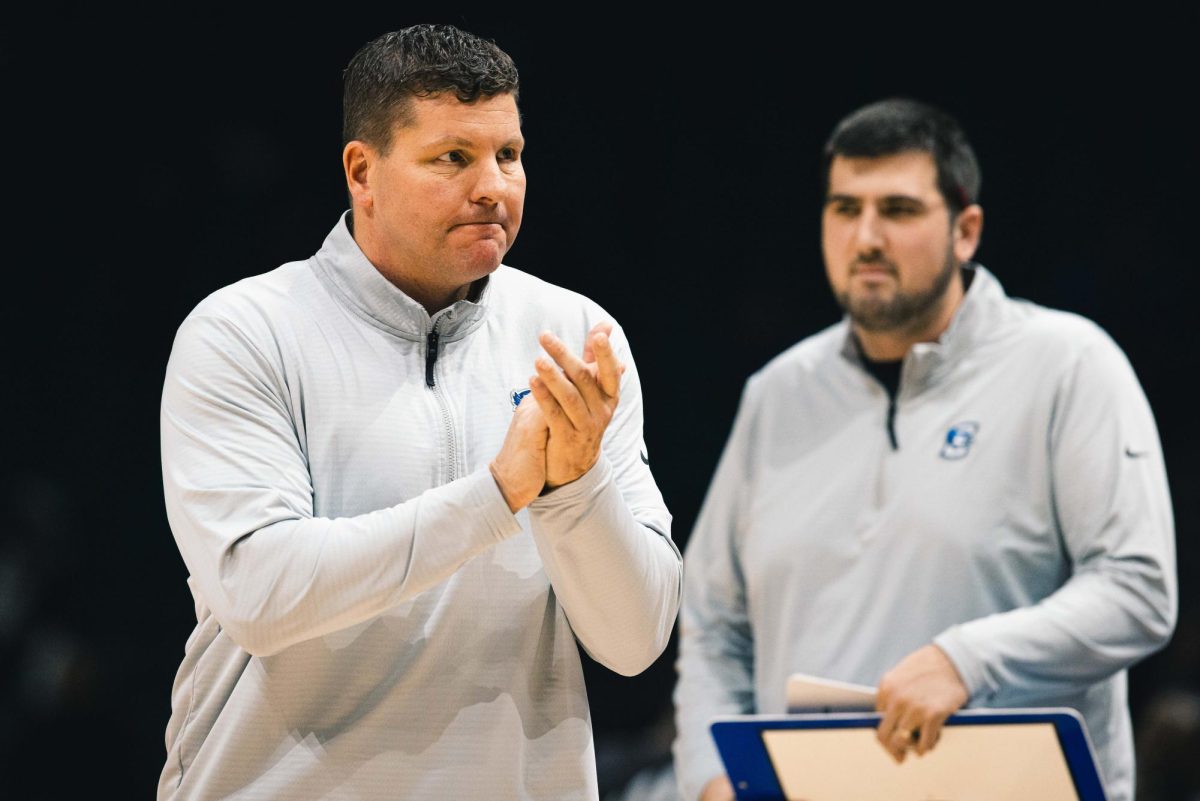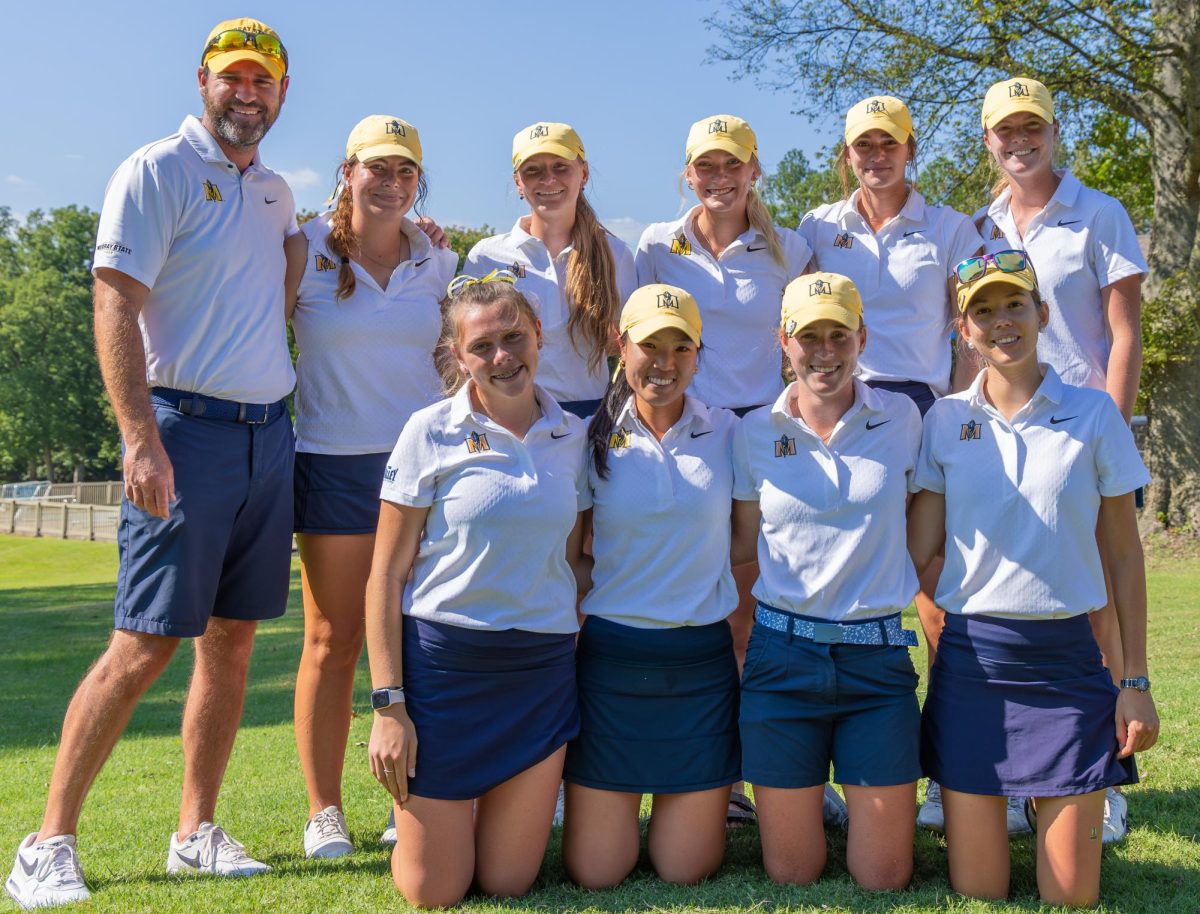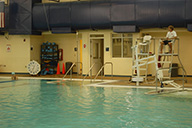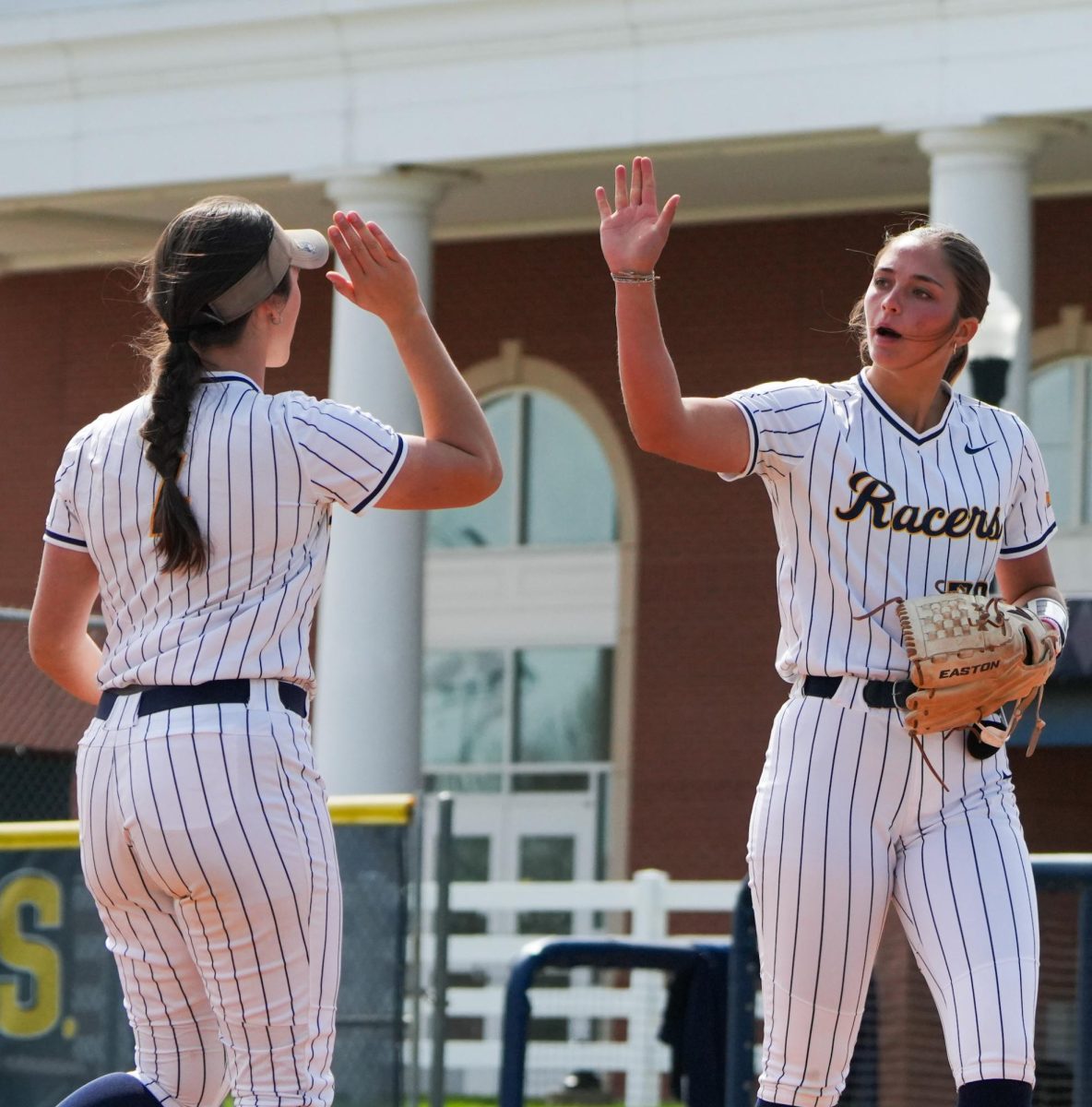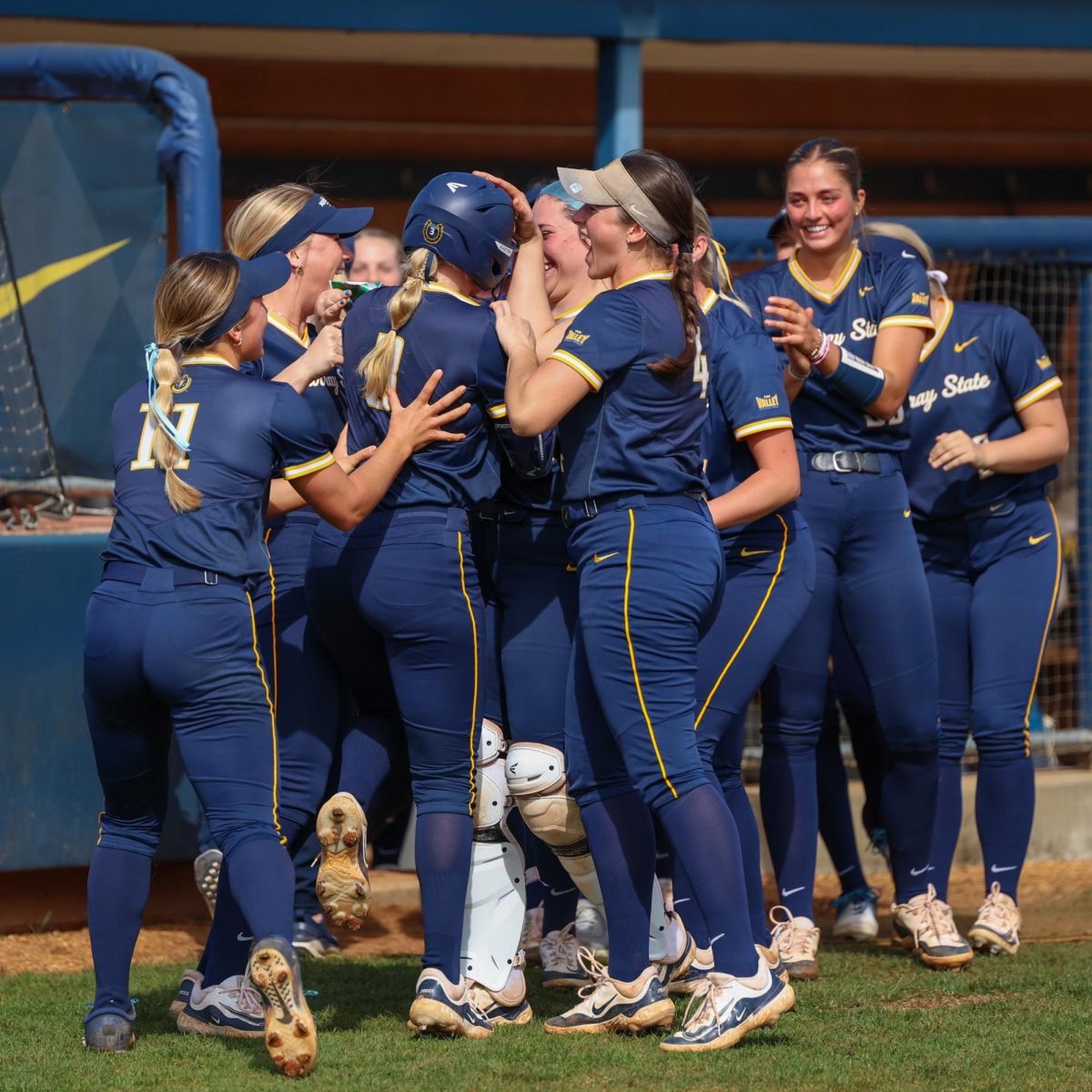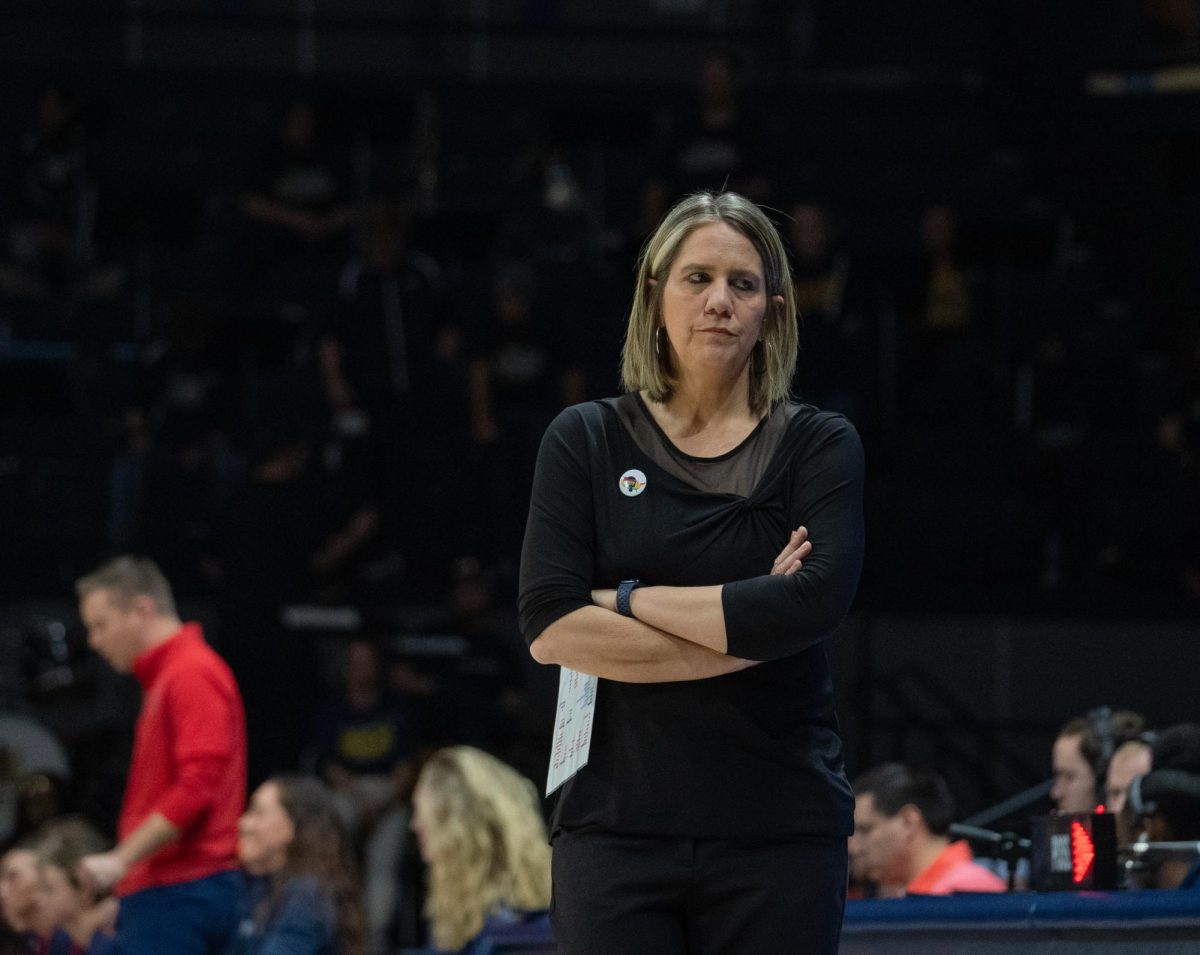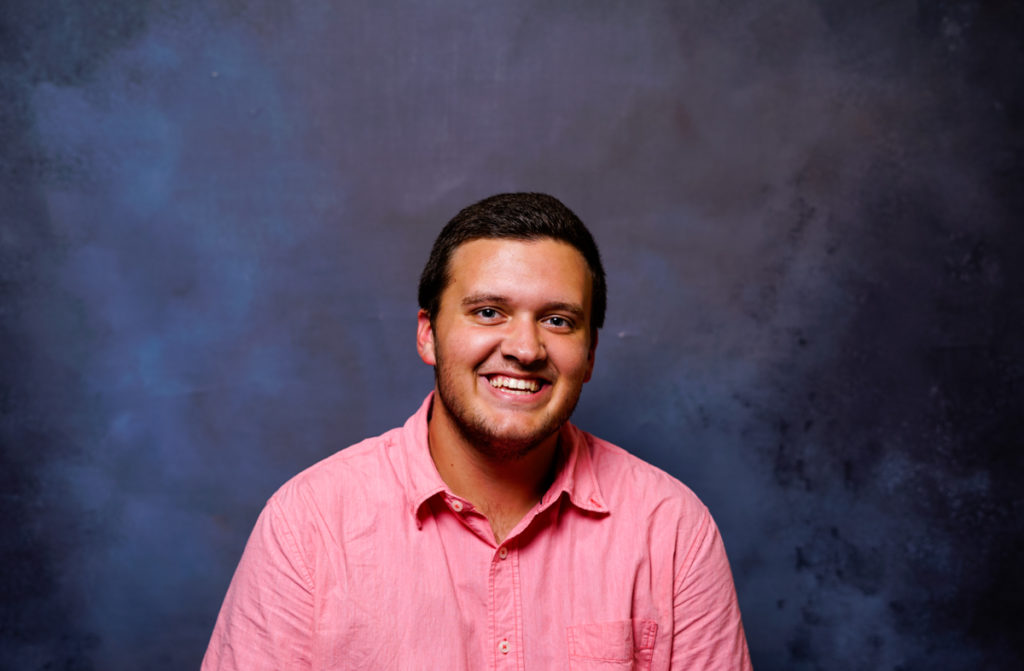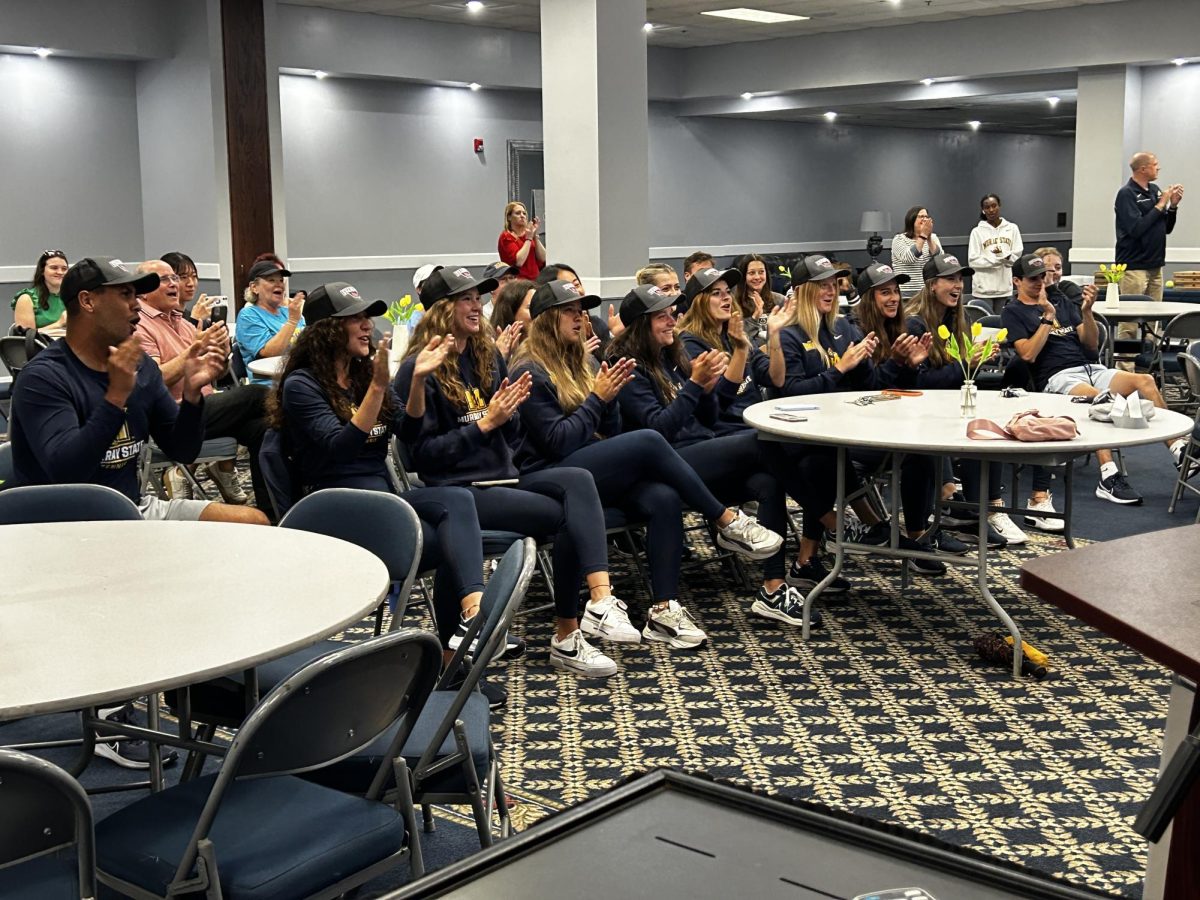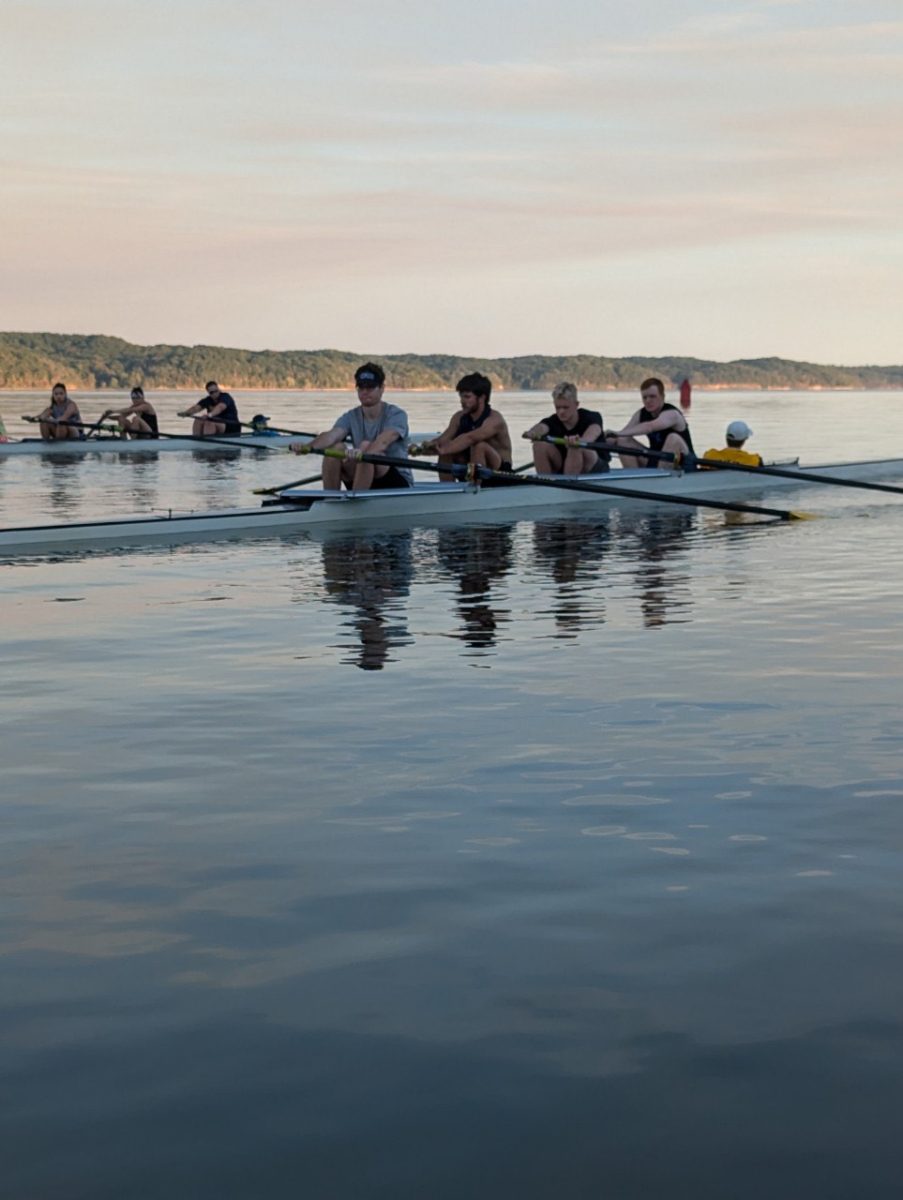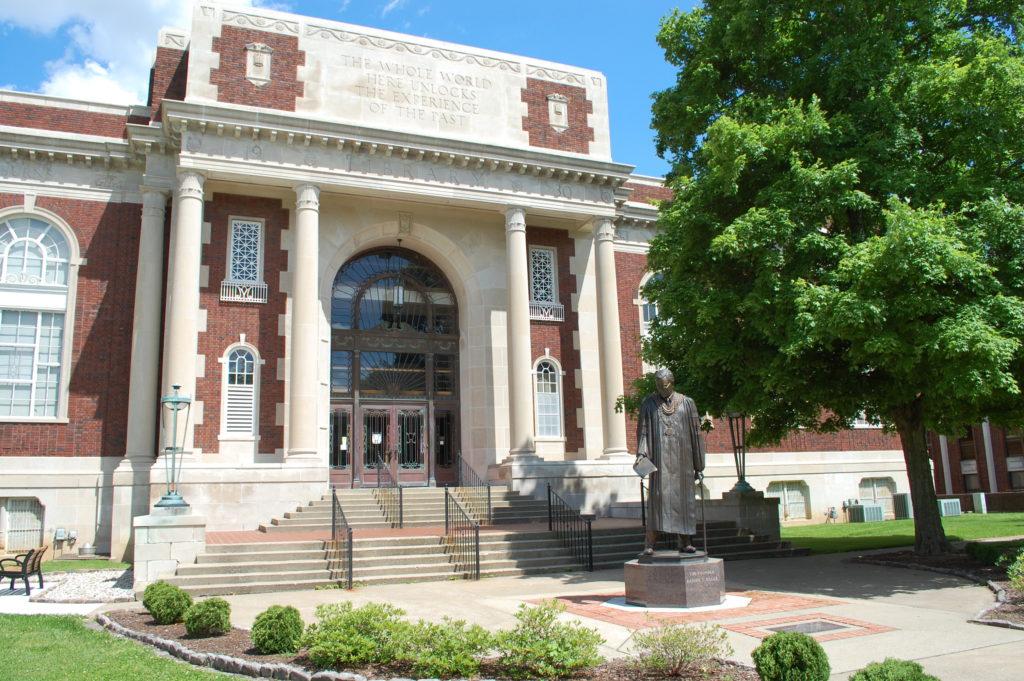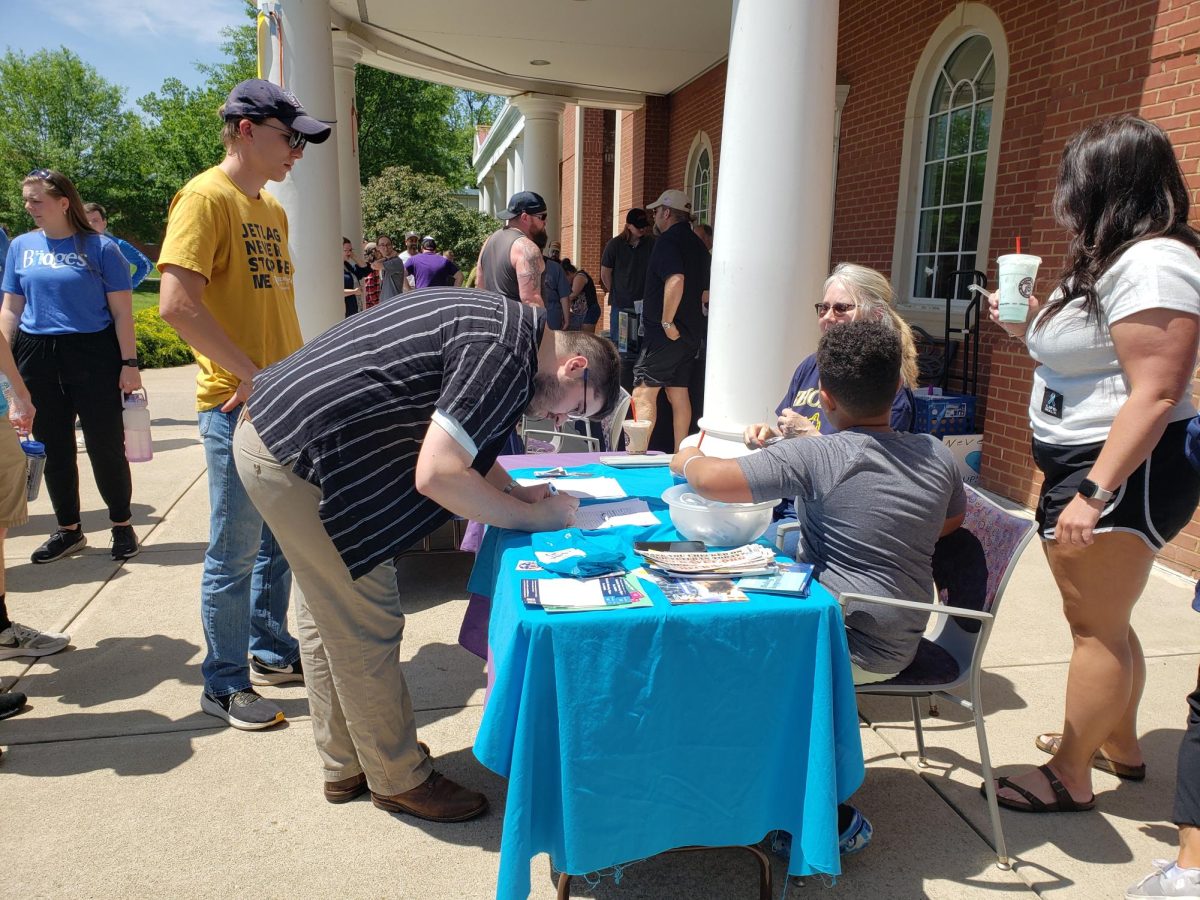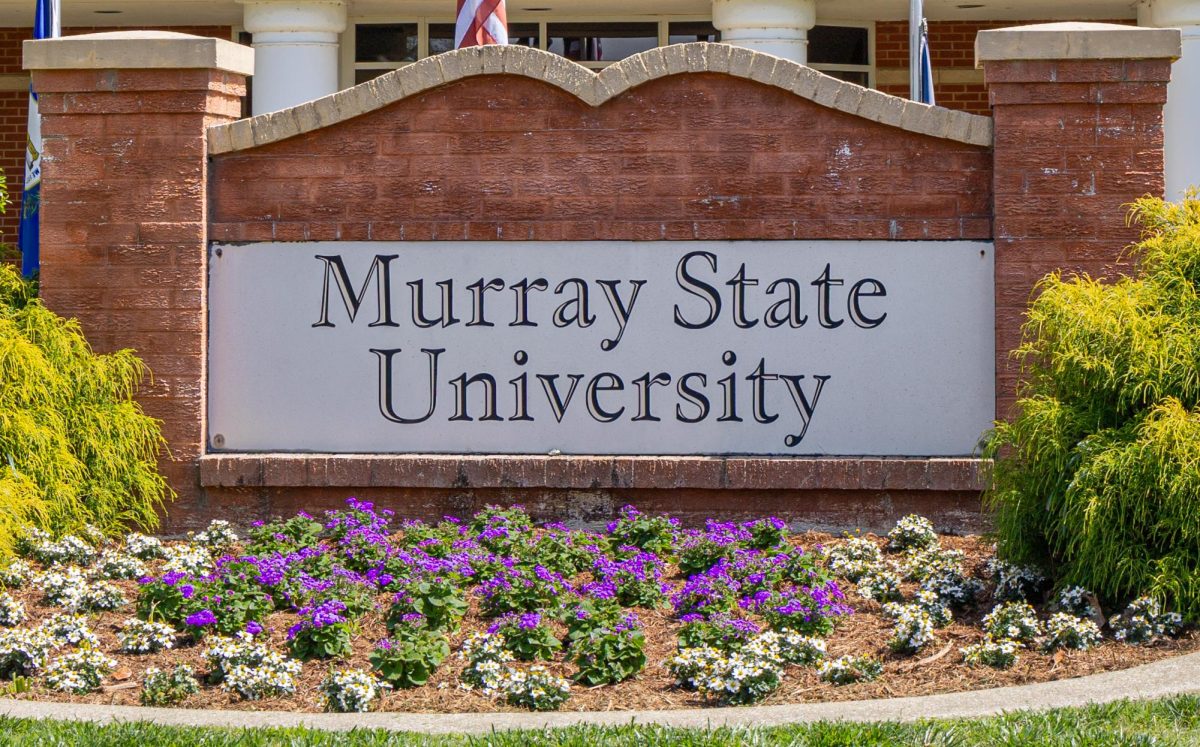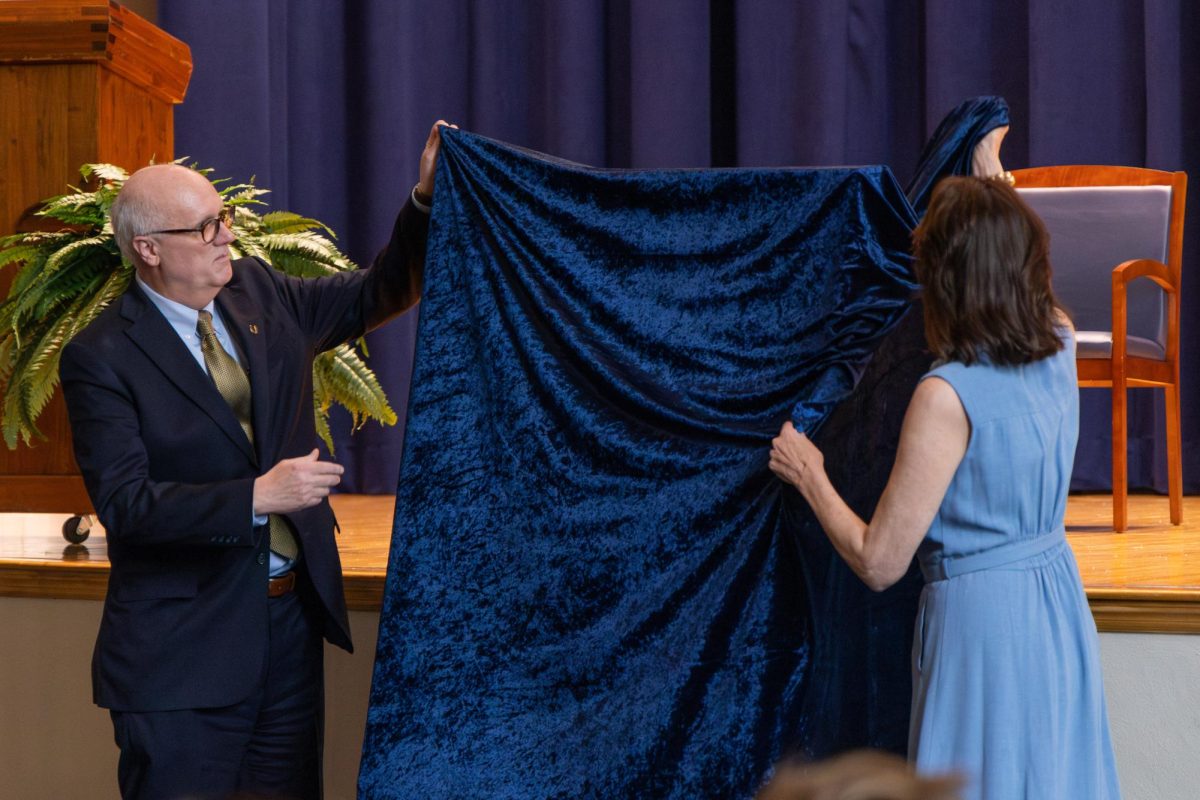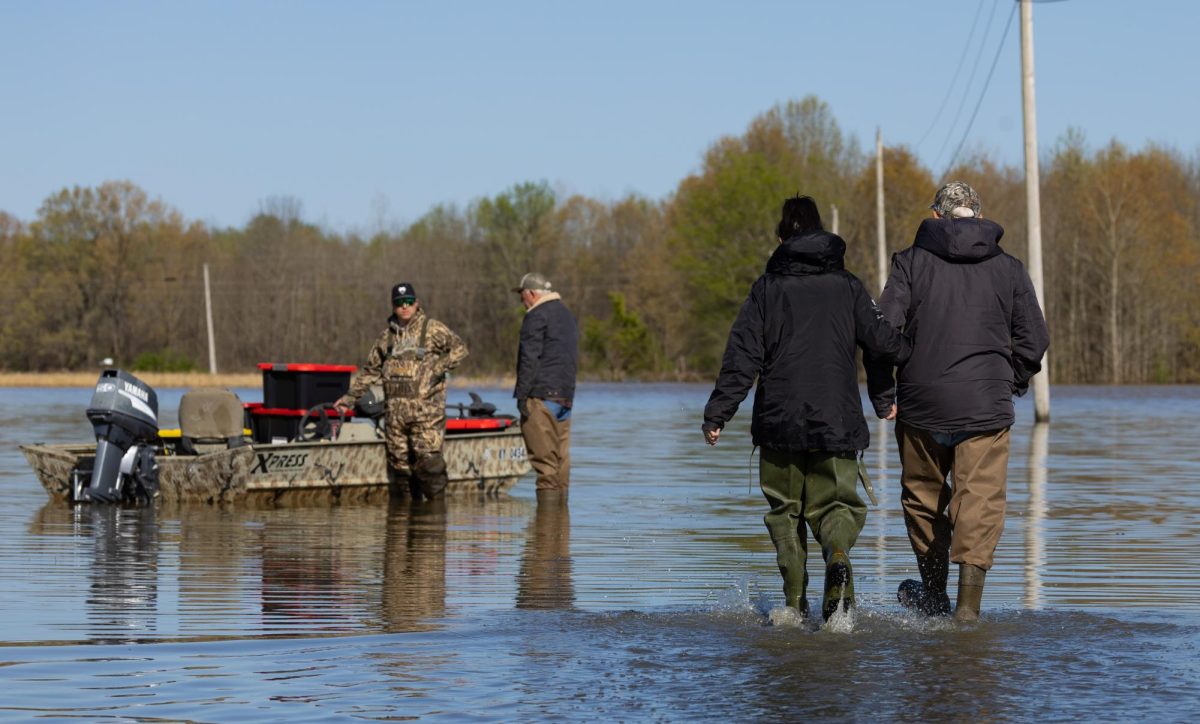Story by Ashley Traylor, Staff writer
Murray State’s Hancock Biological Station received a $3.8 million four-year grant from the National Science Foundation to study harmful algal blooms.
Lead principal investigator David White said there have been problems with blue- green algae, which can be toxic, in Lake Okeechobee in Florida, and there was a toxic bloom 500 miles long in the Ohio River last summer.
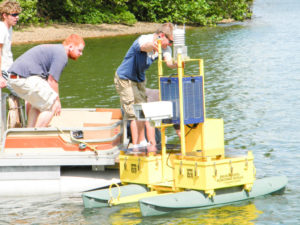
He said the blooms are occurring more around the United States and the world.
“Our idea was to look at these blooms and see if we can find some way of predicting when they are going to happen,” White said. “Right now all we do is react to them when they happen – that’s the promise of the grant.”
The blooms occur from runoff from agricultural fields that contains a lot of phosphorus. Warm temperatures and phosphorus combine and create big blooms that contaminate the water, making it unhealthy to drink, White said.
Data streams can be merged with system-based models so researchers can understand what leads to toxic algae blooms.
White said the sensors in the environment give data in real time so data is monitored on the computer to check water conditions and chemical conditions and to detect when these conditions happen.
The grant is called, “Sensing and Educating the Nexus to Sustain Ecosystems (SENSE): A Kentucky-West Virginia Partnership.” Murray State is teaming up with scientists from University of Kentucky and Marshall University to complete projects funded by the grant.
The grant includes a large educational component. Undergraduate students, graduate students and faculty from Murray State, University of Kentucky and Marshall University will play a role in the grant.
Students will gain experience with ongoing, hands-on research because they will be involved in almost everything, White said.
The first meeting for the students and faculty involved with the grant will be in September.
White said his goal for the grant is to train the next generation of scientists.
“These awards represent a tremendous value for the scientific community, as they foster research into some of the most pressing issues facing U.S. society while simultaneously supporting collaborative research programs and workforce development,” said Denise Barnes, head of the National Science Foundation’s Experimental Program to Stimulate Competitive Research.
White said he hopes the findings from the grant can be used by government agencies and local communities to predict toxic algal blooms but said that will be the tough part.
“All we can do is give them the science,” White said. “Politics will then predict how these things will be used. We can provide the science to people, we can provide how we understand, how we can look at them, how we can monitor them, but it’s going to be up to the world of the people to do something. As a university, all we can do is educate and train.”






